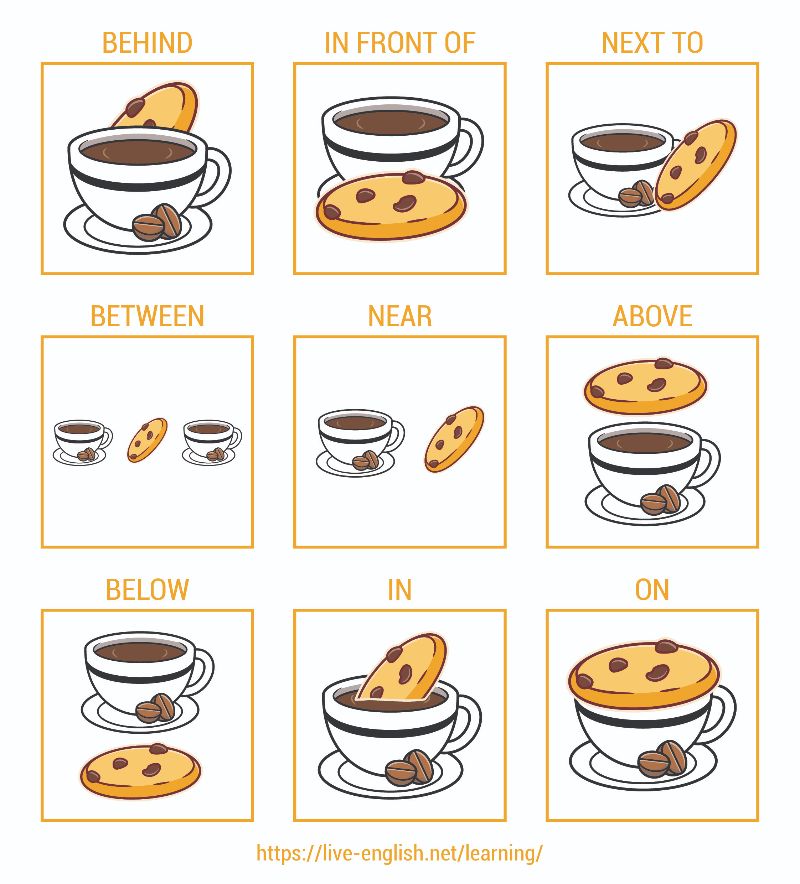A Video Summary About The Prepositions of Place
Prepositions in English
What are they?
Prepositions of place are small words or short phrases that allow us to give more information about the location of a person or an action.
Prepositions of place are combined with a noun or pronoun to form a prepositional phrase, which can act as an adverb, adjective, or a noun phrase.
e.g. The puppy at the park is so happy (adjective – modifying ‘puppy’)
e.g. The puppy ran up the stairs (adverb – modifying ‘ran’)
e.g. The head of departments had a meeting yesterday (noun phrase – ‘head of departments’)
How and when do we use them?
The three most common prepositions of place are AT, IN and ON. Here are some of the main uses for them.
| IN | ON | AT |
| For continents, countries, cities, and towns. | For flat surfaces e.g., a wall. | For specific places in a city e.g. the supermarket. |
| For enclosed spaces with clear boundaries e.g., a park. | For anything represented by a line e.g., coastline, border, river or road. | For large gatherings e.g. football match, concert. |
| For rooms of a house. | For modes of transportation for more than one person and that you CAN walk inside e.g., a bus. | For specific points within a building e.g. at the bar. |
| For modes of transportation for more than one person and that you CANNOT walk inside e.g. a car. | For individual forms of transport e.g., a bike. | For specific places outside e.g. at the corner. |
| For documentation e.g. journal, book, magazine. | For media and communication – e.g., television, radio, telephone. | |
| For status/conditions e.g., a diet, holiday, business trip. |

Exercises about Prepositions of Place
Exercise 1: Choose the correct preposition
Exercise 2: Complete the sentences with the correct preposition
Exercise 3: Match the picture with the correct sentence
